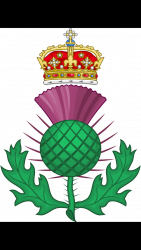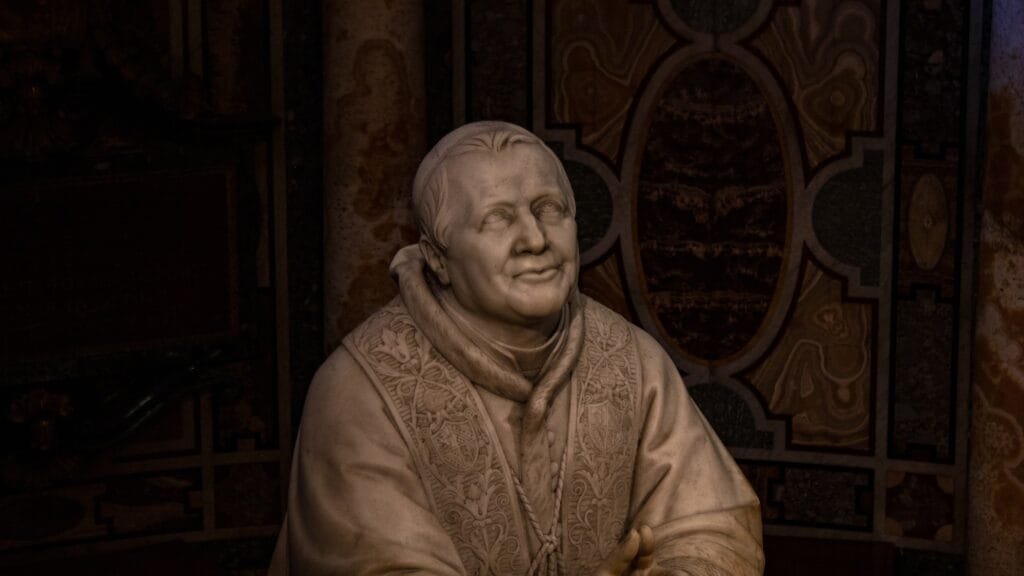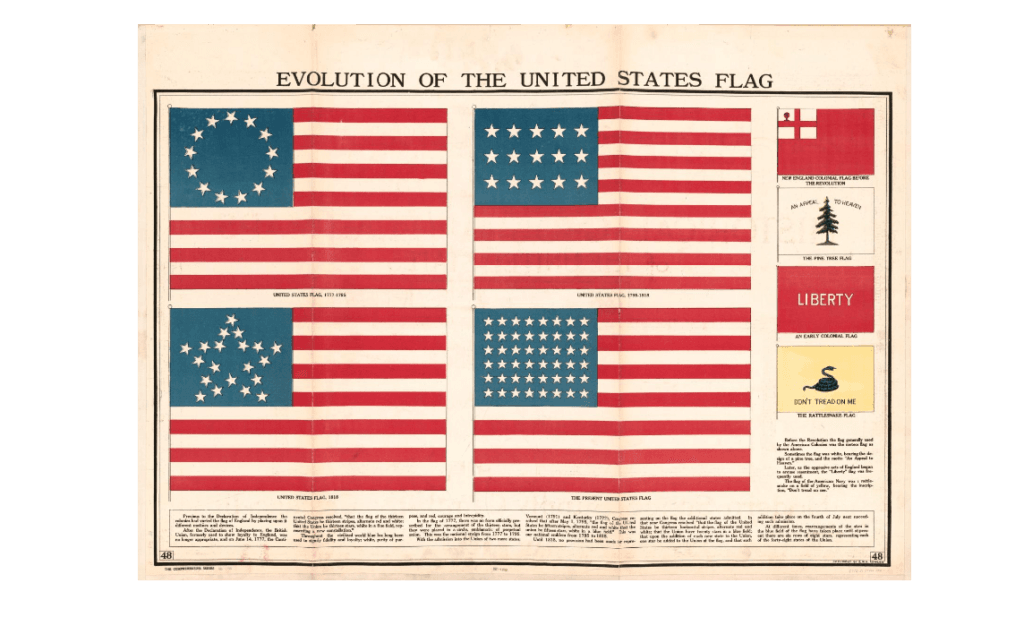Scotland’s Flag – St Andrews’ Cross

Scotland St Andrews cross. If an emblem or flag being half a millennium old piques your interest, you are going to be even more amazed to learn about the one that dates backs to the 13th century. St Andrew’s Cross, also known as the Flag of Scotland or the Saltire, is the official flag of Scotland, which was first approved as the emblem of the Scottish in the late 1380s. St Andrews’ Cross features a blue background with a white Saltire in the middle, which is an X-shaped cross. The Saltire represents a Crux decussata of the Christian martyr, Saint Andrew, who was the patron saint of Scotland.
Nowadays, the Flag of Scotland is flown every day on the five flagpoles that are present outside the Scottish Parliament Building alongside the EU Flag and the Union Jack. The fourth flagpole is generally used for special events, like United Nations Day, while the fifth flagpole is reserved for the Royal Standard.
The Legend Behind St Andrew’s Cross
The story of St Andrew’s Cross dates back to the era of Jesus Christ. Saint Andrew was a fisherman and was one of the 12 disciples of Jesus. John the Baptist baptized St Andrew and received the honor of being the first disciple. In Greek history, he is regarded as the “first-called”. It is said that being one of Jesus’ Apostles, he was crucified around 60 AD. The cross was placed diagonally instead of straight (similar to Jesus) because St Andrew deemed himself unworthy of being crucified in the same manner as Jesus, and hence a saltire was used.
The flag or emblem itself came into being in 832 AD. It was the time when a Pictish army along with a force of Scots was battling a Northumbrian force to gain control of the Lothian region. The night before the big battle, King Angus, who commanded the Pictish army, saw St Andrew in a vision. The next day on the battlefield, an X-shaped cross, similar to St Andrew’s saltire, appeared in the sky after the Scots and Picts killed the Northumbrian leader. Since that day, the azure color of the sky and the white color of clouds were used as a national emblem of the Scots.
In addition to Scotland, St Andrew is accepted as the patron saint of Greece, Barbados, Italy’s Amalfi, and Russia. Moreover, he is also the patron saint of one of the highest ranks of chivalry, the Order of the Thistle.
Significance of St Andrew’s Cross Today
Being one of the oldest flags in Europe, the Saltire holds great importance in not only Scotland but the entire United Kingdom. St Andrew’s Cross makes up the blue background and white part of the Union Jack. The Saltire is seen flying alongside the Lion Rampant in many sporting events, on local and national government buildings, and public structures, like churches, as well. St Andrew’s Day is celebrated on 30th November every year in Scotland.
Also, the thistle has been an emblem since Alexander111 / 1249-1286.
James 111 used them on coins in 1470 and the order of the thistle is associated with people who have made a great contribution to Scotland a chivalric order




ARE YOU LOOKING TO – BUY – RENT – SELL – BE MANAGED AND MUCH MORE VISIT BELVOIR BRIGHTON FOR ALL OF THIS PLUS MUCH MORE WITH LINKS THROUGHOUT THE UK
————- Visit – https://www.belvoir.co.uk/brighton-estate-agents/www.belvoir.co.uk













